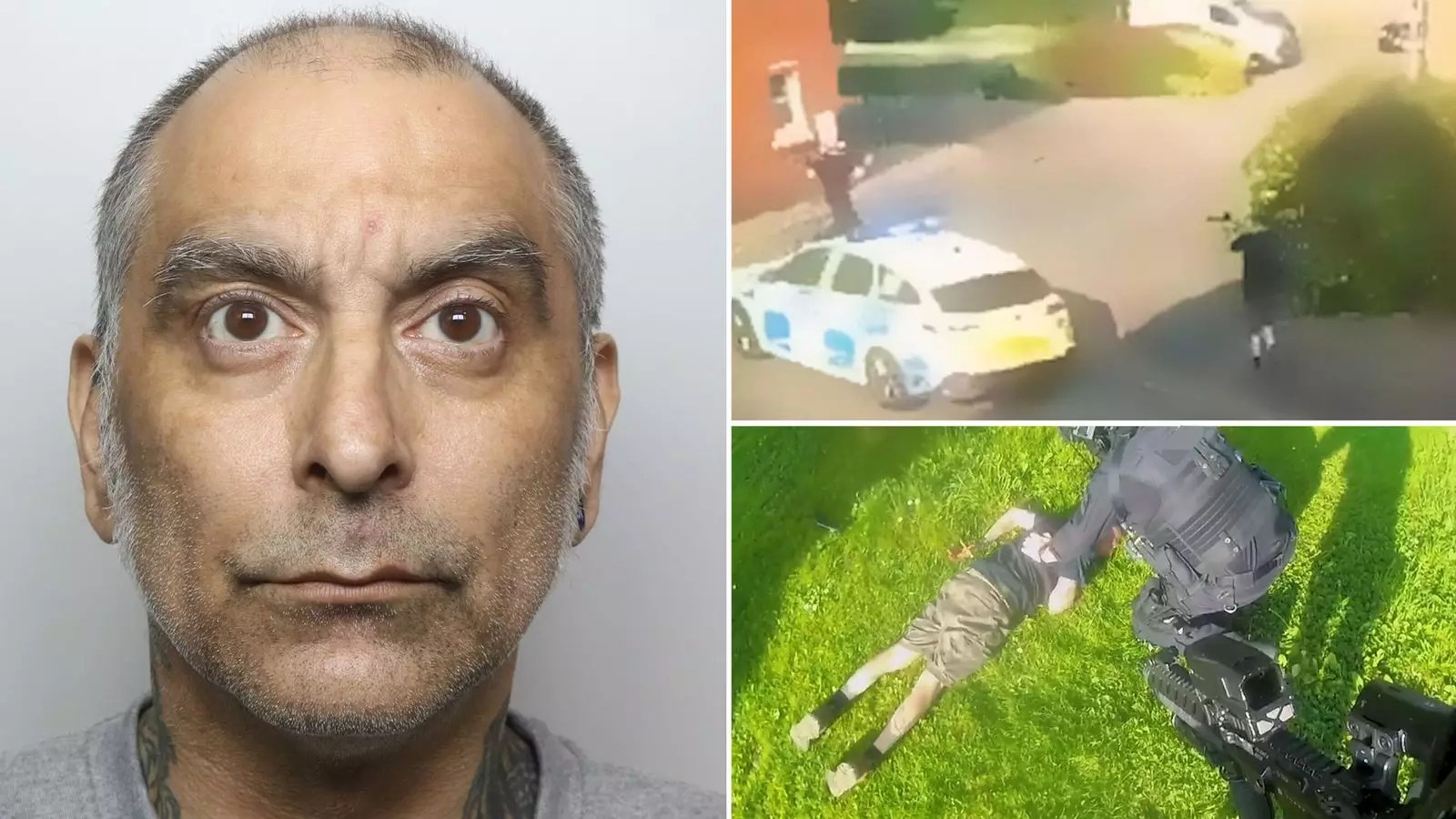In an era where public safety often feels like a fragile illusion, the recent sentencing of Jason King serves as a stark reminder of the peril that unchecked violence poses to our communities. King’s reckless actions—firing a crossbow at police officers, stabbing a neighbor, and threatening both human and animal lives—highlight not just individual criminality, but systemic vulnerabilities in addressing mental health crises and firearm control. While the judicial response may seem adequate on paper, it raises crucial questions about our collective preparedness to prevent such incidents before they spiral into life-threatening chaos.
This incident exposes cracks in our societal safeguards. An individual capable of wielding dangerous weapons in a community setting reveals deficiencies in early intervention, mental health support, and community policing. Had there been more robust mental health services, resources to address personality disorders, or stronger gun and weapon restrictions, perhaps this violent episode could have been mitigated or prevented altogether. The justice system’s role should extend beyond punishment; it should be a catalyst for societal reform that prioritizes preventative action, community engagement, and support networks for those at risk of turning to violence.
Deconstructing the Criminal Justice Response: Is Justice Really Enough?
The nine-year sentence handed to King is undeniably just—considering the severity of his actions and the danger he posed. Yet, this punitive approach, while necessary, risks overshadowing the broader societal failures that enabled such a confrontation. The fact that an armed individual could chase police officers and fire at them with a crossbow speaks volumes about the gaps in law enforcement tactics and community outreach programs.
Moreover, the incident underscores the importance of police bravery and resilience. Officers like PC Foster, who was shot in the leg and narrowly avoided a potentially fatal injury, exemplify the unwavering commitment that should be standard in law enforcement. However, it’s crucial that society also invests in de-escalation training and community policing strategies that can prevent such violent outbreaks from escalating to deadly proportions. Reactive justice, no matter how swift, cannot replace proactive community development aimed at reducing the root causes of violence.
The Threat to Public Trust and the Path Forward
Events like these threaten to erode public trust in safety and local governance. When crime appears unpredictable and dangerously violent, citizens may become desensitized or fearful, which furthers social fragmentation. The community of Downley might now grapple with lingering trauma, mistrust of authorities, and anxiety about future threats.
However, it also presents an opportunity—an urgent call to re-evaluate how society approaches mental health, community resilience, and law enforcement collaboration. Strengthening preventative measures, fostering open dialogues around mental health, and implementing community-based programs could serve as long-term solutions. These are investments that require political will and social empathy, but the benefits are profound: safer neighborhoods, reduced violence, and healthier communities that do not live in constant fear of unpredictable threats.
Ultimately, the case of Jason King reveals a painful truth: criminal justice alone cannot create a safe society. It must be complemented by societal efforts to address underlying causes of violence, challenge stigmas around mental health, and foster a culture of collective responsibility. While accountability is essential, true change depends on our shared commitment to a society where reckless violence finds less fertile ground to flourish.

